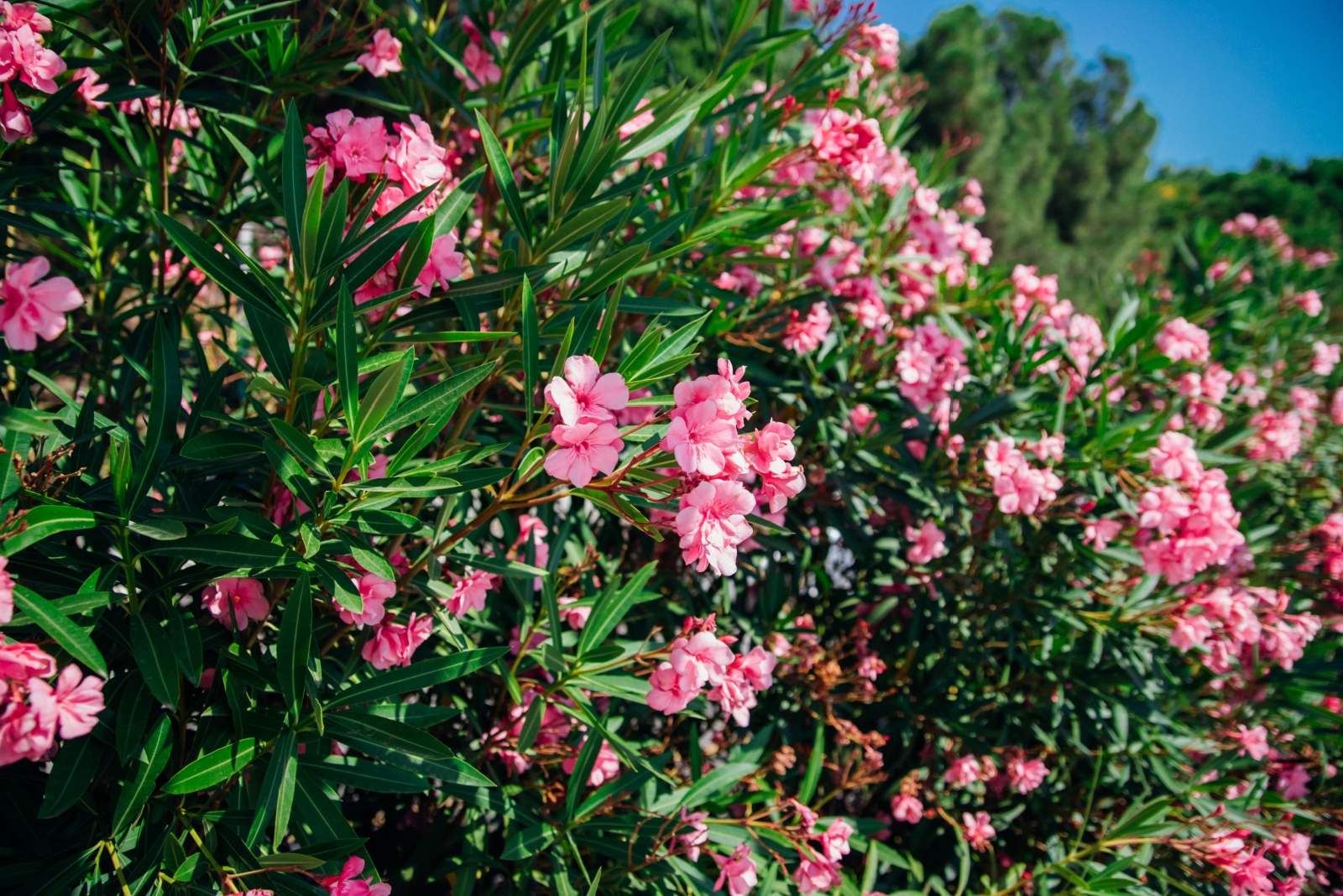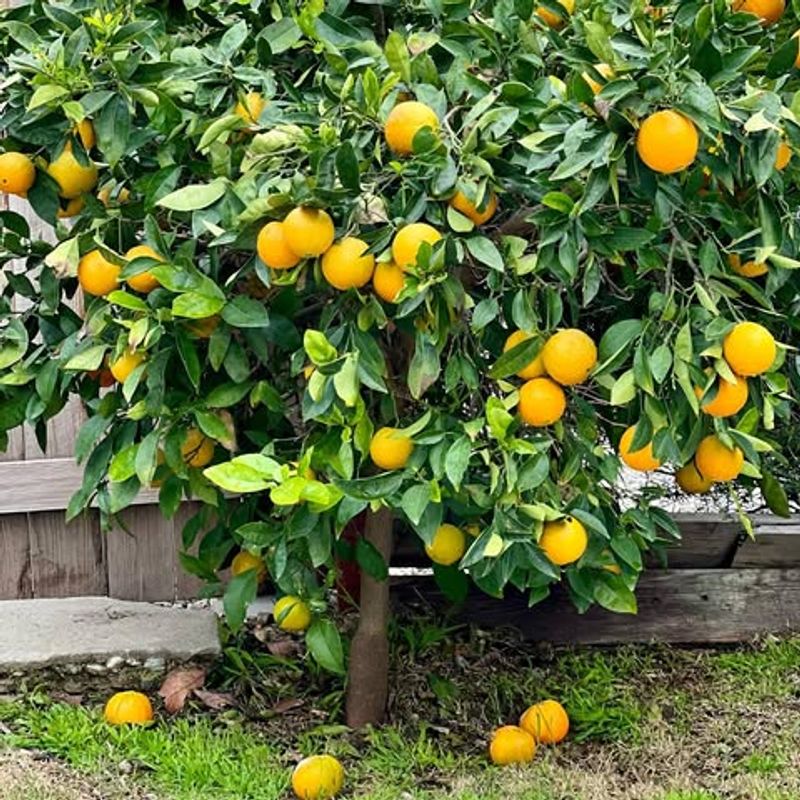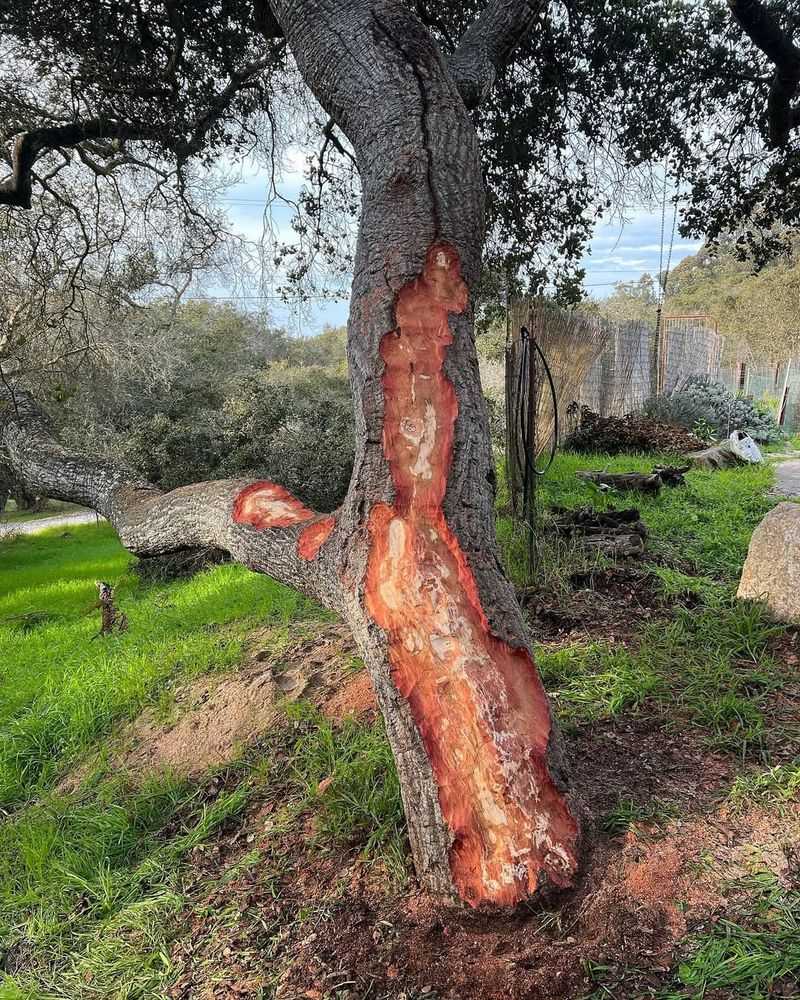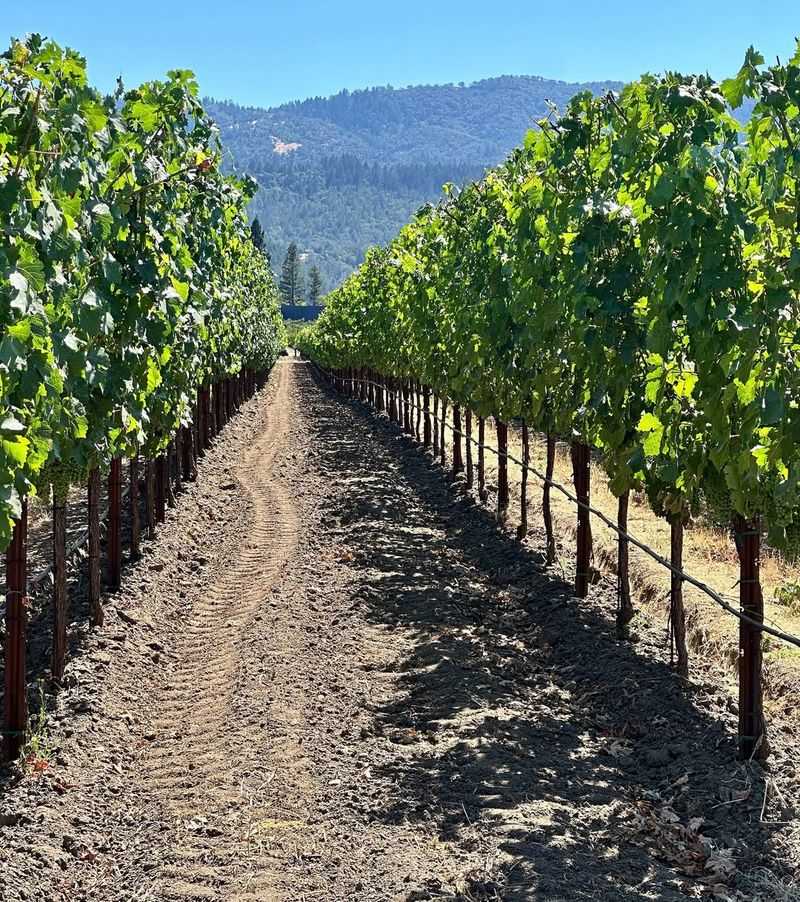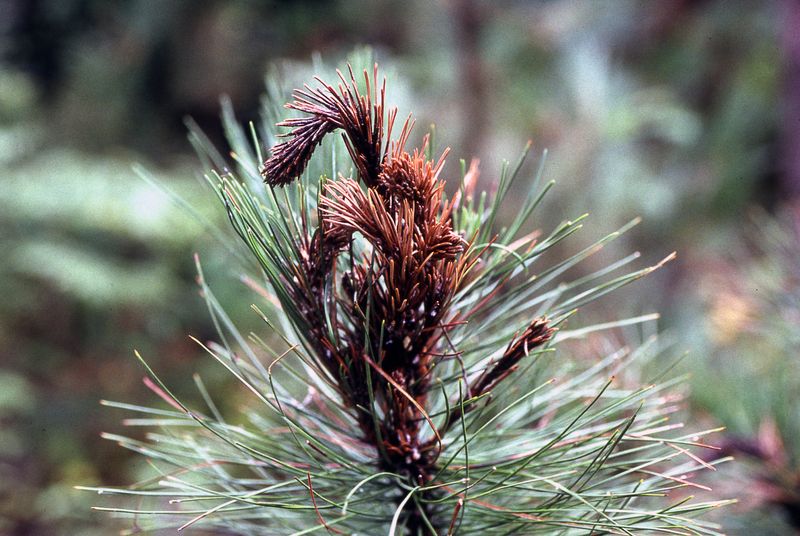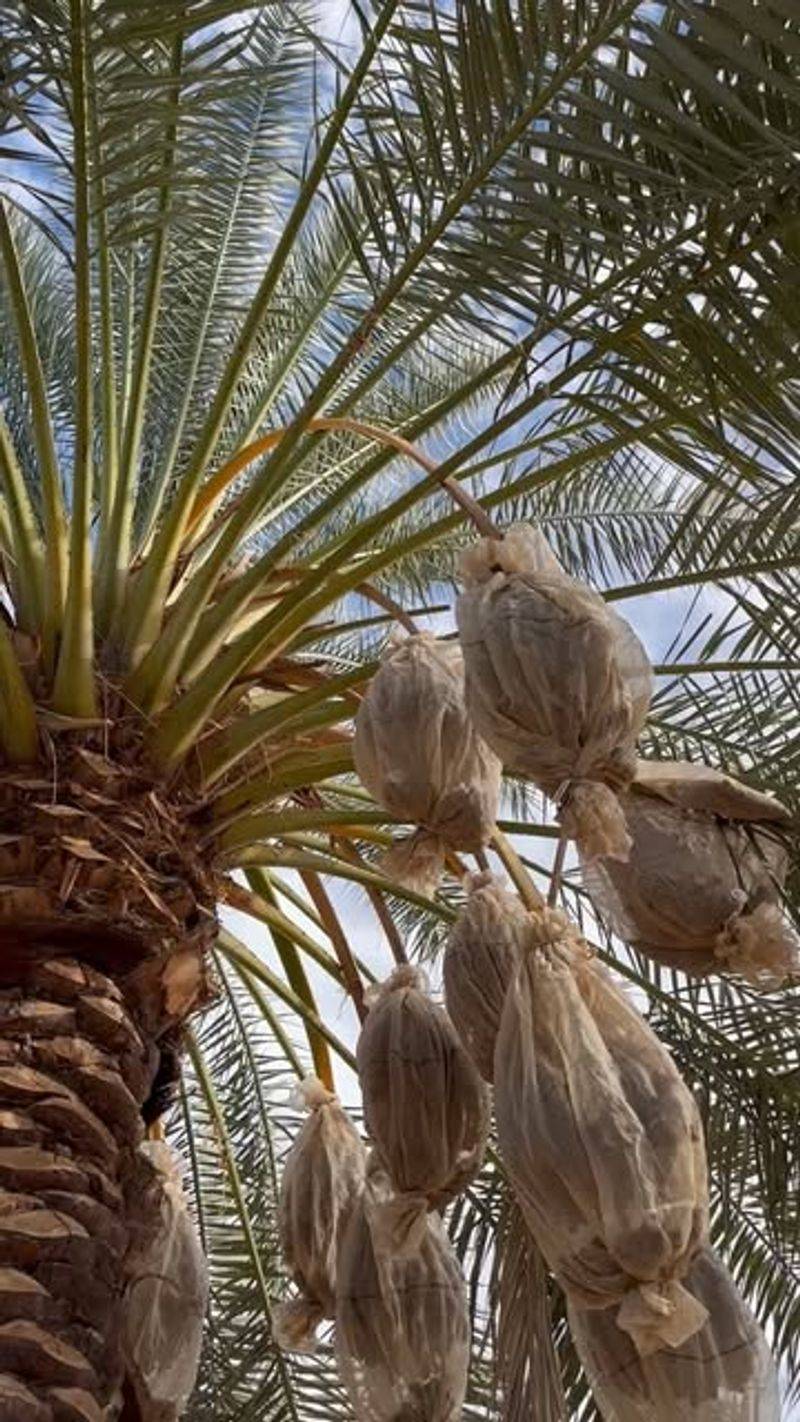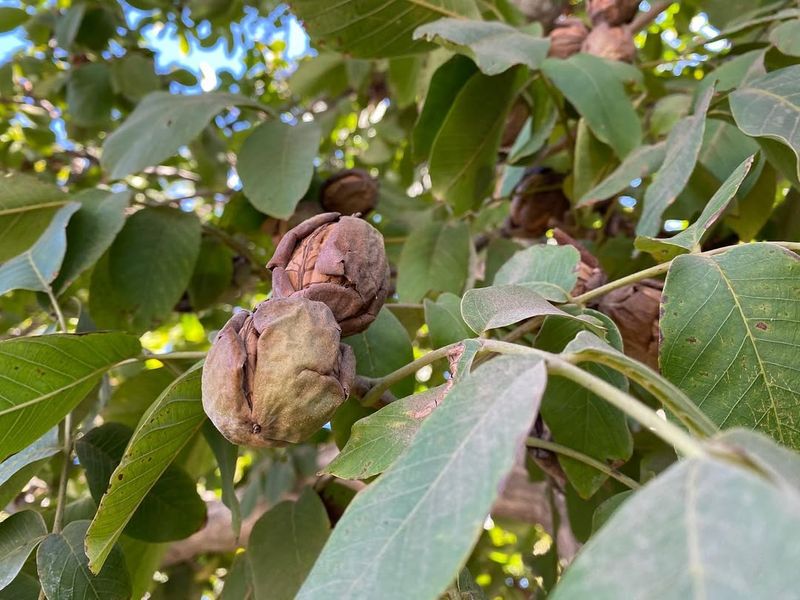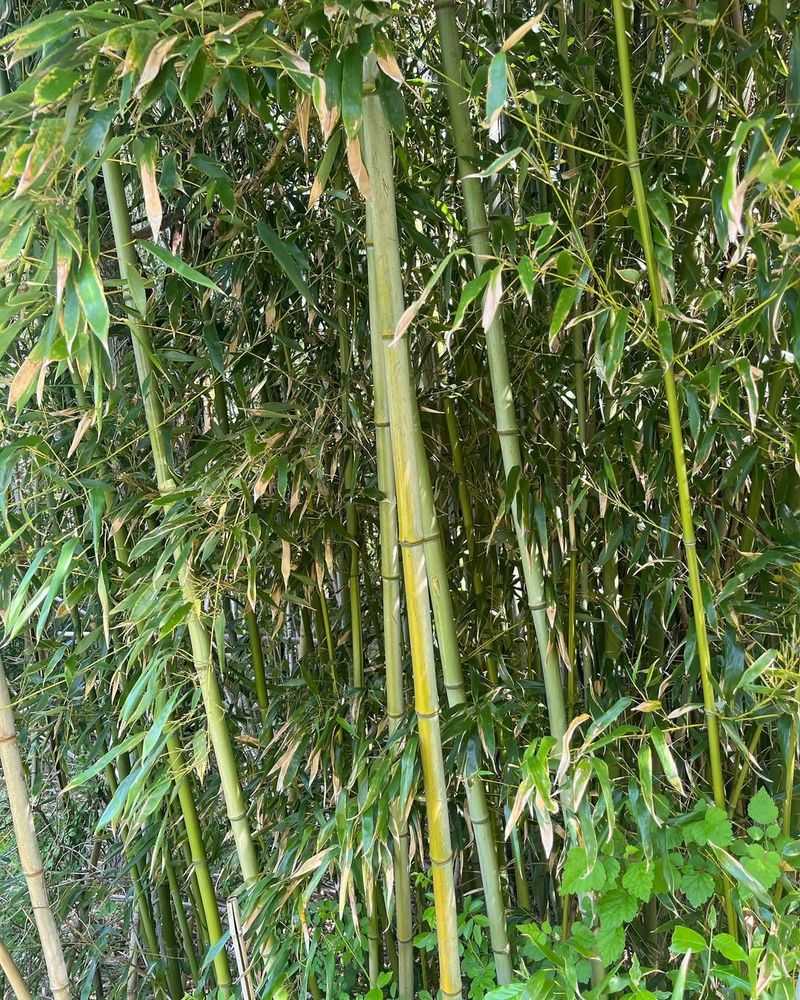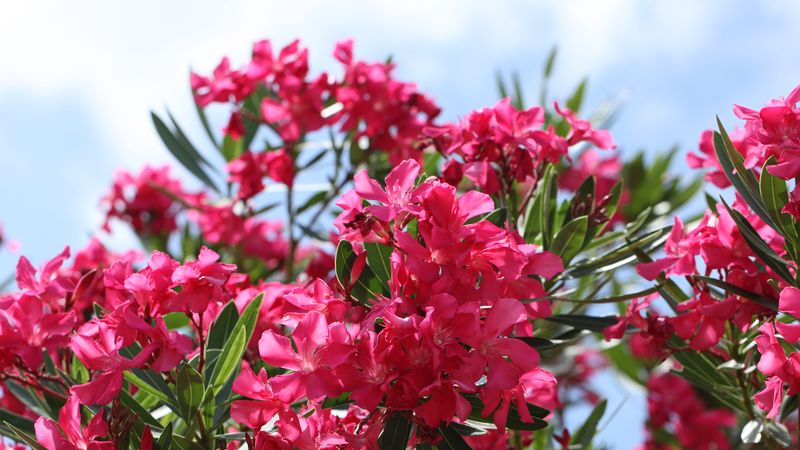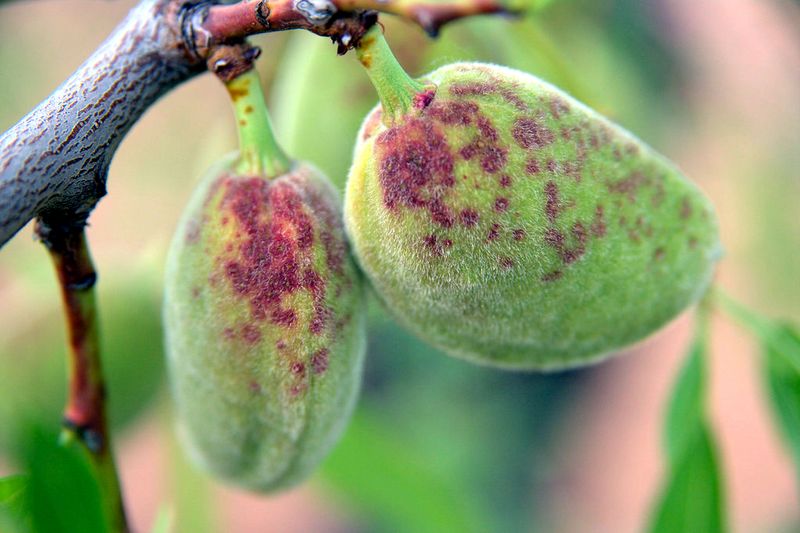California takes plant movement seriously, and for good reason. Certain plants carry diseases, pests, or invasive traits that could harm agriculture, native ecosystems, and even your own garden.
Whether you’re moving to a new home or sharing plants with friends, knowing which species are off-limits can save you from hefty fines and help protect the environment we all share.
1. Citrus Trees And Cuttings
Moving citrus might seem harmless, but California regulators have strict rules about it. Diseases like Huanglongbing, also known as citrus greening, can wipe out entire orchards if spread through infected plants.
Transporting citrus trees, fruit with leaves, or even cuttings across county lines without a permit is prohibited in many areas. The disease has no cure and threatens the state’s multi-billion-dollar citrus industry.
Always buy certified nursery stock and avoid sharing homegrown citrus with neighbors in other regions to stay compliant.
2. Oak Trees Infected With Sudden Oak Death
Sudden Oak Death has devastated California’s native oak populations since the late 1990s. This fungal pathogen spreads easily through soil, water, and infected plant material, making movement restrictions critical.
You cannot transport oak wood, leaves, or soil from quarantine zones without proper treatment and permits. Even firewood can carry the disease to healthy forests.
If you live in affected counties, check with your local agricultural commissioner before moving any oak-related materials. Protecting these majestic trees helps preserve California’s natural heritage.
3. Grapevines And Rootstock
California’s wine country depends on healthy grapevines, which is why moving them is tightly regulated. Pests like phylloxera and diseases such as Pierce’s disease can devastate vineyards if introduced through infected plants.
Transporting grapevines, cuttings, or rootstock without certification violates state agriculture codes in many regions. Even backyard hobbyists must follow these rules to prevent accidental spread.
Purchase only certified, disease-free vines from reputable nurseries. This protects both commercial growers and home gardeners throughout California from potentially catastrophic losses.
4. Avocado Trees And Branches
Avocado lovers beware: moving these trees comes with serious restrictions. Pests like the avocado lace bug and diseases such as root rot can hitchhike on plants, threatening California’s thriving avocado industry.
Many counties prohibit moving avocado trees, branches, or even fruit with stems attached without inspection and certification. These rules help prevent the spread of harmful organisms.
If you’re planting avocados, source them from certified nurseries rather than sharing cuttings. Following these guidelines keeps California’s avocado groves healthy and productive for everyone.
5. Pine Trees From Quarantine Zones
Pine trees face threats from the invasive goldspotted oak borer and pine pitch canker, both devastating to California’s forests. Quarantine zones exist to prevent these pests from spreading to unaffected areas.
Transporting pine trees, firewood, or even pine branches from restricted counties is illegal without proper permits. The goldspotted oak borer has already killed thousands of trees in San Diego County.
Always verify your location’s quarantine status before moving any pine materials. Using local firewood and purchasing certified nursery pines helps protect California’s mountain ecosystems.
6. Date Palm Offshoots
Date palms are iconic in California’s desert regions, but their offshoots require careful handling. The red palm weevil poses a serious threat to these valuable trees, making movement restrictions necessary.
Transporting date palm offshoots without certification can spread this destructive pest to new areas. The weevil’s larvae tunnel through the palm’s trunk, often killing the tree before damage becomes visible.
Purchase certified offshoots from reputable sources rather than transplanting from existing trees. This simple step protects California’s date palm industry and ornamental landscapes from devastating infestations.
7. Walnut Trees And Wood
Walnut trees face serious disease pressure in California, particularly from thousand cankers disease. This fatal condition combines a fungus with the walnut twig beetle, creating a deadly partnership.
Moving walnut trees, wood, or branches from quarantine areas is prohibited without special permits. The disease has devastated walnut populations in other states and threatens California’s commercial orchards.
If you’re planting walnuts, choose certified disease-free stock and avoid bringing in materials from outside California. Protecting these trees preserves both commercial production and backyard harvests statewide.
8. Bamboo Species
Bamboo’s aggressive growth makes it a nightmare for neighbors and ecosystems alike. Running bamboo varieties spread through underground rhizomes that invade adjacent properties and natural areas with alarming speed.
While not completely illegal, many California counties regulate bamboo planting and some restrict its movement entirely. Once established, removal costs thousands of dollars and requires years of persistent effort.
If you love bamboo, choose clumping varieties that stay contained. Before planting any bamboo, check your local ordinances to avoid future headaches and potential legal issues.
9. Oleander Plants From Infested Zones
Oleanders beautify California landscapes but can harbor the oleander leaf scorch bacterium. This disease causes leaves to yellow and drop, eventually killing the plant.
Certain counties restrict moving oleanders from areas with known infections. The glassy-winged sharpshooter spreads this bacterium as it feeds, making containment essential.
Before transplanting oleanders or accepting them from friends, verify your area’s regulations. Choose certified nursery plants and watch for symptoms like leaf browning. Early detection helps prevent the disease from spreading throughout California’s ornamental plantings.
10. Stone Fruit Trees With Plum Pox
Plum pox virus threatens California’s stone fruit industry, including peaches, plums, apricots, and nectarines. Though not yet widespread here, the state maintains strict quarantines to prevent its establishment.
Moving stone fruit trees from infected areas violates California agriculture codes. The virus spreads through aphids and infected plant material, causing deformed fruit and reduced yields.
Always purchase certified virus-free trees from California nurseries. Avoid importing trees from other states or countries where plum pox exists. These precautions help keep California’s stone fruit orchards healthy and productive.

